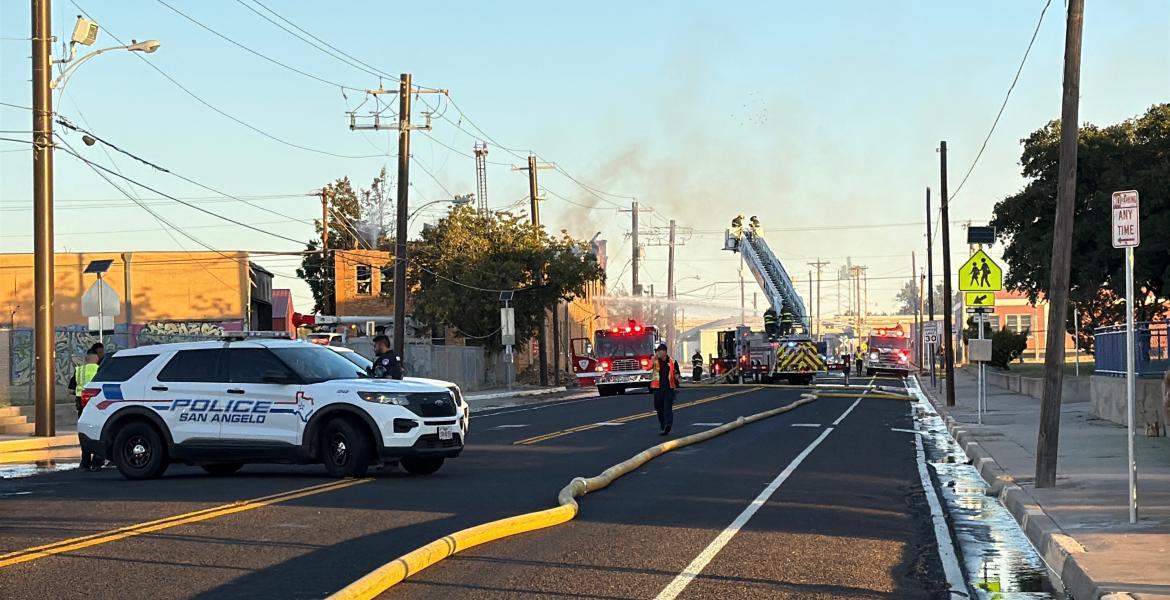WACO, TX – On this day in 1845, the Republic of Texas concluded its last Indian treaty. The agreement marked the end of the Tehuacana Creek Councils, which began in the spring of 1843.
According to the Texas State Historical Association, 1845 marked a significant milestone in Texan history as the Republic of Texas finalized its concluding Indian treaty. This landmark agreement signified the culmination of the Tehuacana Creek Councils, commencing in the spring of 1843. The councils were instigated by Jesse Chisholm, who successfully persuaded various Indian groups—among them the Caddos, Tawakonis, Delawares, Lipan Apaches, and Tonkawas—to assemble at Tehuacana Creek, situated close to the Torrey Brothers trading post south of present-day Waco. Subsequently, a second council was convened at Fort Bird on the Trinity River during the fall of 1843.
While these gatherings resulted in a peace treaty between the Republic and the Wacos, Caddos, and other smaller groups, the absence of the Comanches led President Sam Houston to convene another council at Tehuacana Creek in April 1844. Despite the Comanches' nonattendance at the April council, by October 9, 1844, President Houston successfully negotiated a treaty with a segment of the southern Comanches, along with the Kichais, Wacos, Caddos, Anadarkos, Hainais, Delawares, Shawnees, Cherokees, Lipan Apaches, and Tawakonis.
During the November 1845 council, the Wacos, Tawakonis, Kichais, and Wichitas officially agreed to endorse the treaty ratified on October 9, 1844. This historic treaty marked a crucial step towards peace and stability between the Republic of Texas and the diverse indigenous nations residing within its borders.
Subscribe to the LIVE! Daily
Required






Post a comment to this article here: